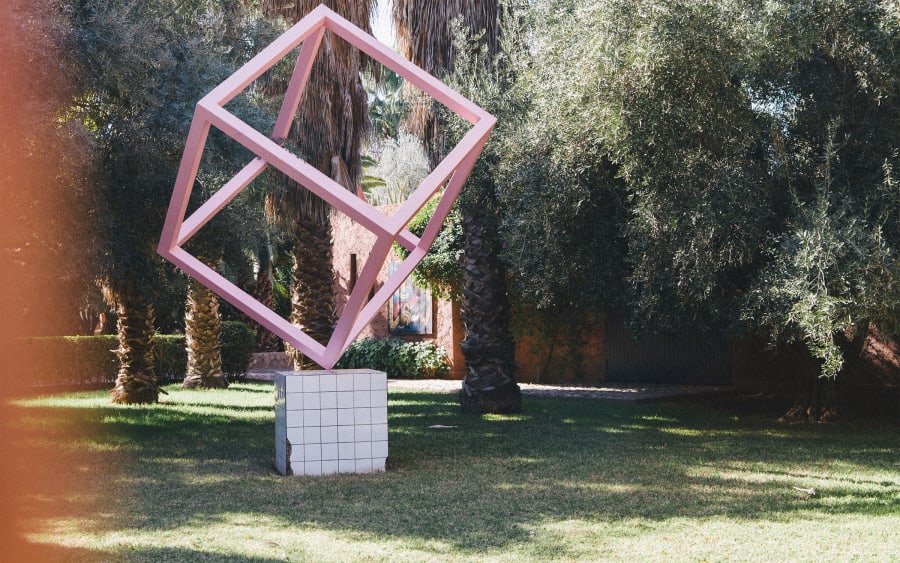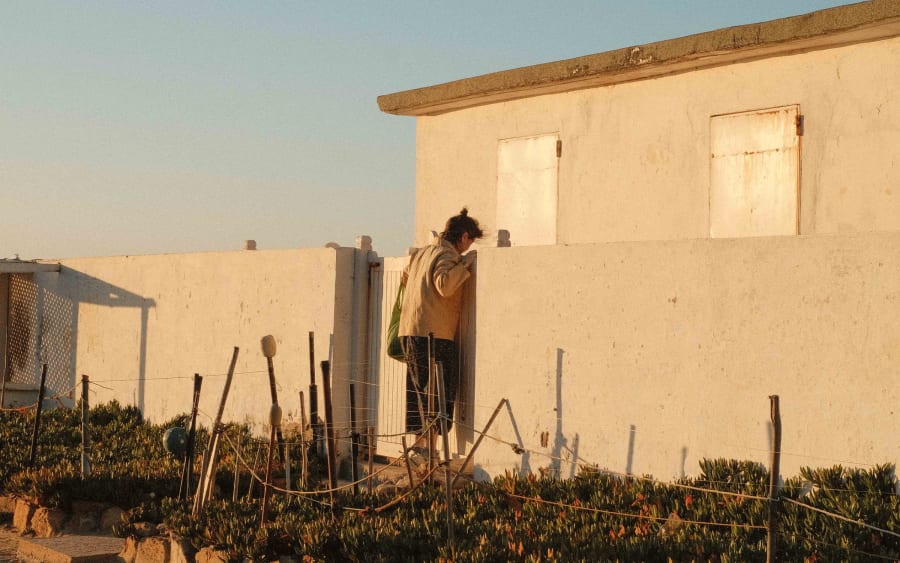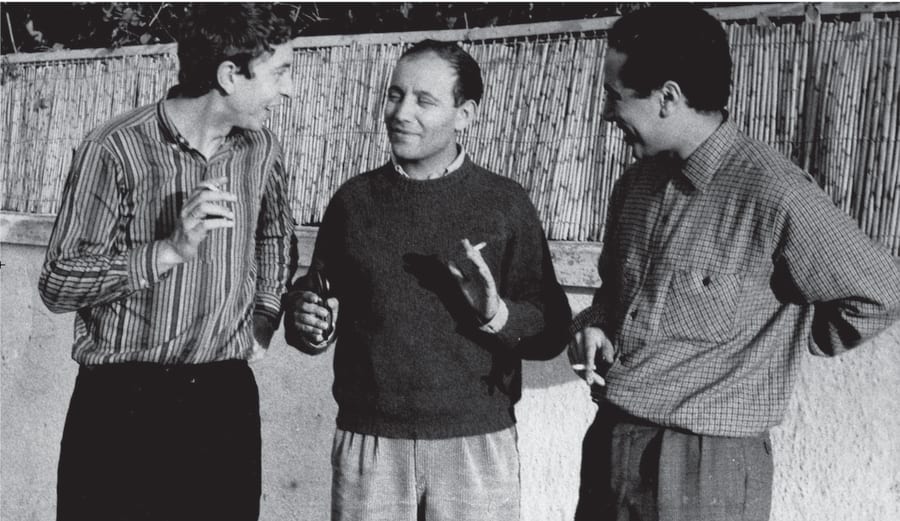‘I grew up surrounded by art, in a family of architects. My father, Alami Lazraq, a real estate developer, has been collecting for over 40 years. Our home was filled with art, and our travels often revolved around this passion. I studied architecture in Switzerland, then worked in New York. I also traveled extensively, which allowed me to form my own perspective on contemporary art internationally. Despite all this, I’ve always maintained a strong connection with Africa and Morocco, which are incredibly important for me.
‘Upon returning to Morocco after my studies and work abroad, I joined the Groupe Alliances, founded by my father in 1994. For many years, I worked with him and his team on real estate development projects. I also took over the direction of the Fondation Alliances, created by my parents in 2009 to structure and enhance their collection, which already included more than 2,000 works. The foundation’s mission also included developing cultural and educational programs. I realized that artists in Morocco lacked support and often had to leave for places like Berlin or Paris to work. This observation made me reflect on my role as a collector. The act of collecting is, above all, about helping artists exist, gain recognition, build confidence, and avoid falling into obscurity.
‘When I began collecting, it was to complement the family collection which brings together works by Moroccan and Maghrebi artists, enriched by my father’s travels throughout Africa. These enabled us to acquire works by artists from Senegal, Congo, Cameroon, and Ghana. Today, the collection includes more than 2,500 works. It maintains a strong African identity with artists from across the continent but has also opened up to other regions of the world like South America, Asia, and Europe, including works by major figures such as Jacques Majorelle, Fernando Botero, Roberto Matta, Antoni Tàpies, César, and Liu Baomin. The collection ranges from pioneers like Albert and Antoinette Lubaki (Congo), to emblematic figures of Moroccan modernism like Farid Belkahia and Mohamed Melehi, to contemporary artists such as Abdoulaye Konaté (Mali), Kwame Akoto-Bamfo (Ghana), Sammy Baloji (Congo), Billie Zangewa (Malawi/South Africa), Josèfa Ntjam (France), and Hassan Hajjaj and Amina Agueznay (both Morocco). It reflects a great diversity of periods, artistic movements, and mediums.
'In 2012, Meriem Berrada joined our foundation and with a team of professionals, we inventoried and organized the collection. In 2016, we inaugurated the Museum of African Contemporary Art Al Maaden (MACAAL) in Marrakech, with Berrada as the artistic director. It quickly became a reference point for contemporary art.
‘Creating a museum in Africa presents numerous challenges. In Morocco, the main obstacle is that few people have ever visited a museum. Our exhibitions must therefore be accessible to everyone. We have had to be creative in order to attract a broad audience and build a community around the museum. To achieve this, we launched initiatives targeting different segments of society, relaxed traditional museum codes, and deconstructed the notion that it’s an elitist space. The museum has become a platform for dialogue.
‘Initially, the museum’s main objective was to present the collection. But quickly, temporary exhibitions took on great importance. Since we opened, we’ve produced more than 15 exhibitions, almost all entirely produced locally. Marrakech occupies a central place in our project. As my father says, it’s the city that gave us everything. It’s also a cultural crossroads, the center of Moroccan cultural influence and, in my opinion, the most important hub for art and culture in Africa today.
‘Some international artists we’ve presented at the museum were invited for residencies to produce their works in Morocco, often in collaboration with local artisans. This country, rich in artisanal expertise, emphasizes the importance of handcrafted work, and like this, the works and exhibitions were fully integrated into the Moroccan context. Artists including Daniel Otero Torres (Colombia), Gaëlle Choisne (France), Maxwell Alexandre (Brazil), Rahima Gambo (UK), and Joël Andrianomearisoa (Madagascar) have created particularly striking installations at MACAAL.
‘The museum is reopening with the exhibition ‘Seven Contours, One Collection’, presenting 150 works that we own. The show is organized into seven thematic rooms. It explores major issues facing Africa today: decolonization, coexistence, globalization, environment...This exhibition, planned to run for three years, marks a period in which we wish to step back, refocus on the collection, education, and outreach. This museum is, above all, a story of handing-down from father to son. Now, I want to fully dedicate myself to the dialogue between the museum and its public.’
‘Seven Contours, One Collection’
Permanent collection exhibition
MACAAL, Marrakech
Florence Derieux is an art historian and curator.
English translation: Art Basel.
Caption for header image: Othman Lazraq. Photograph by Saad Alami.
Published on February 3, 2025.


